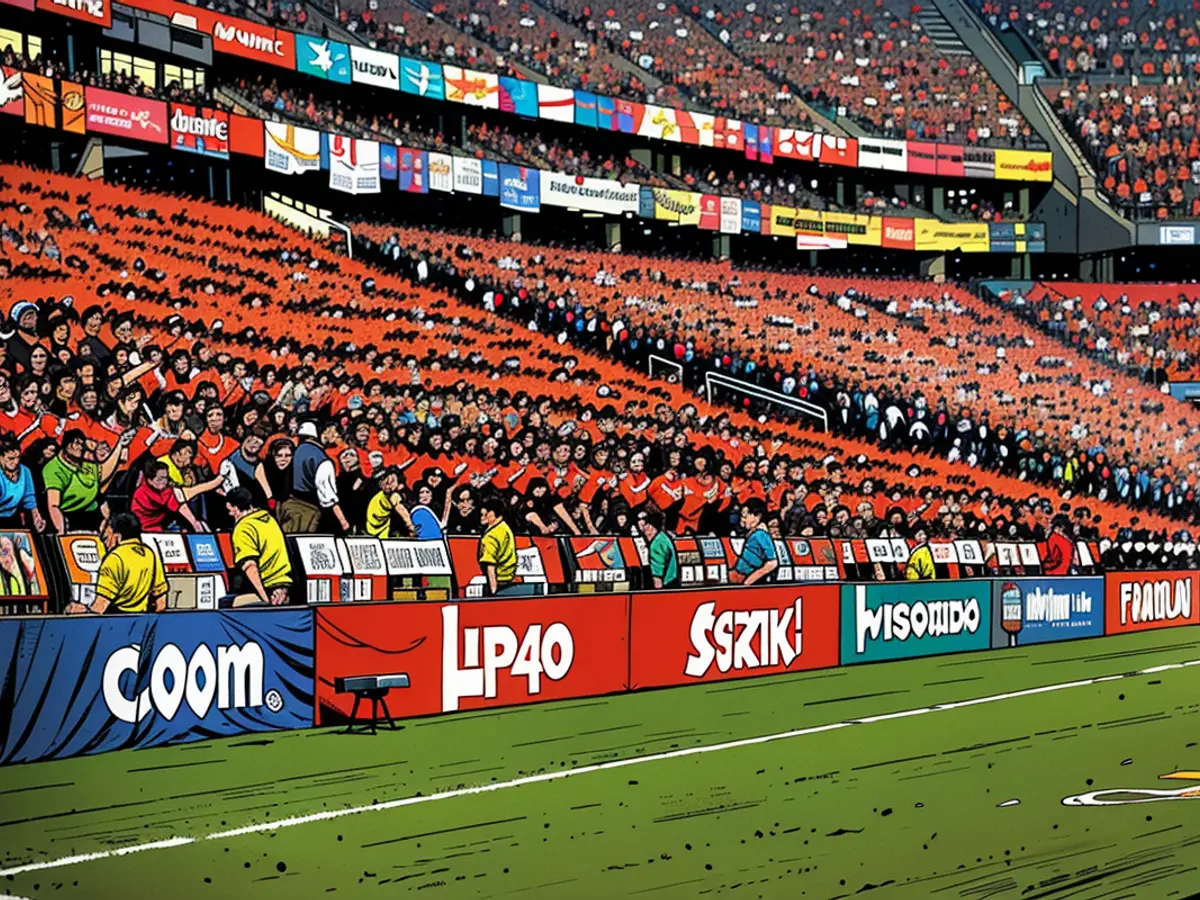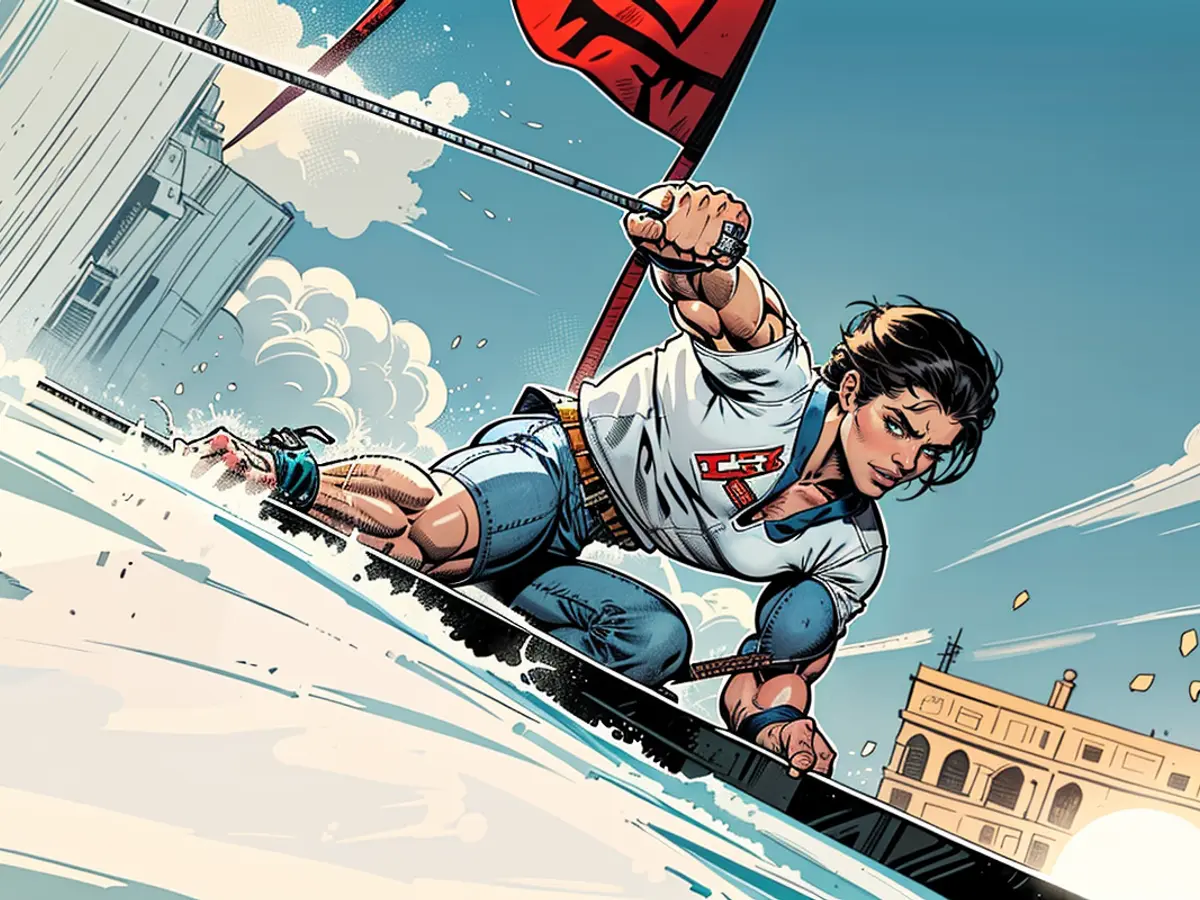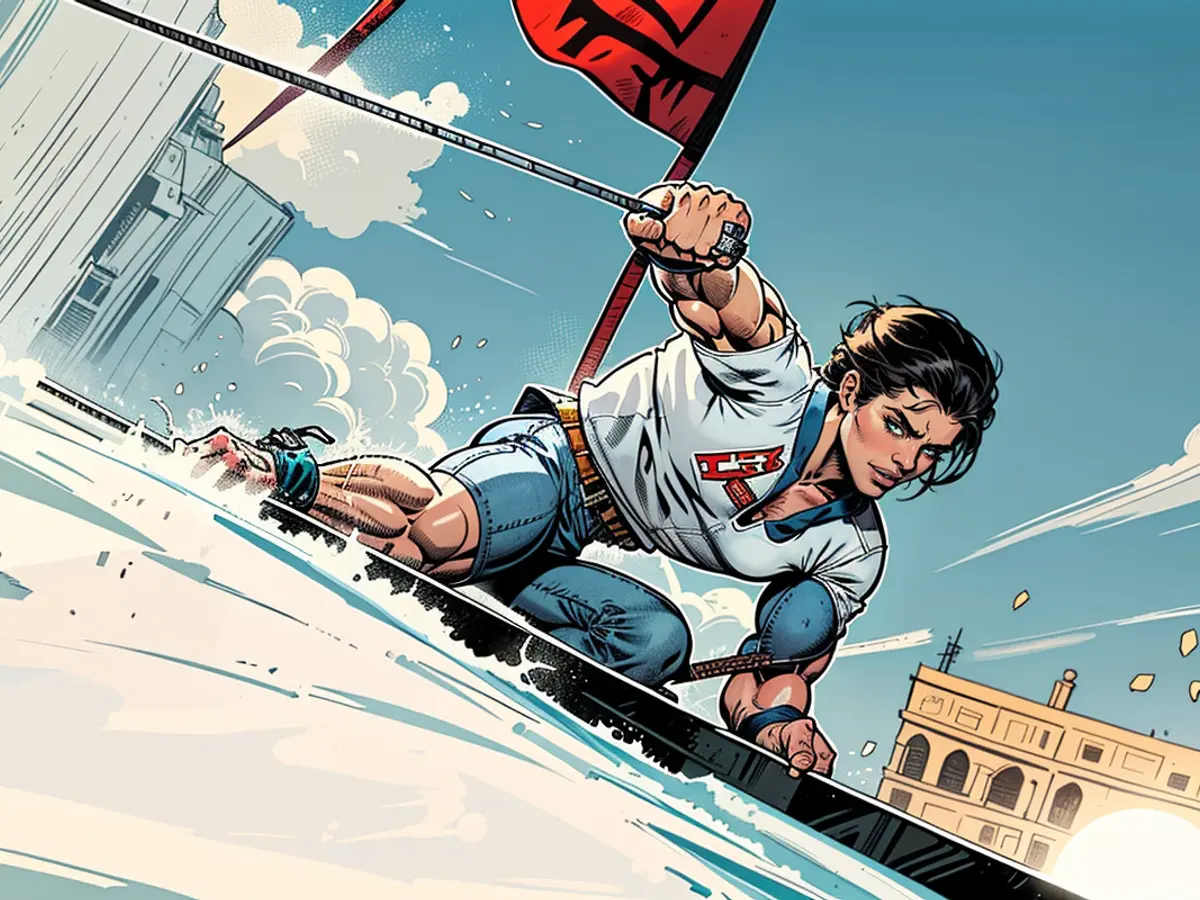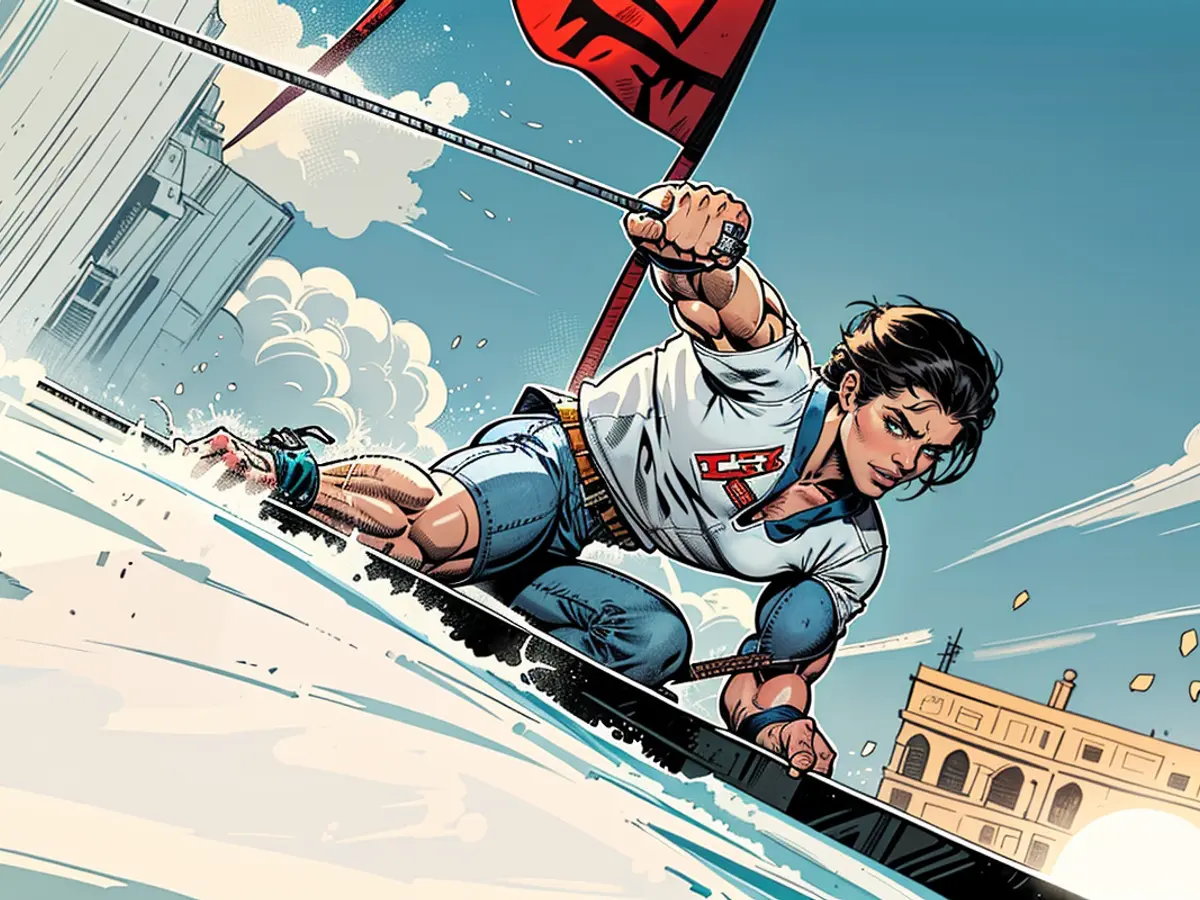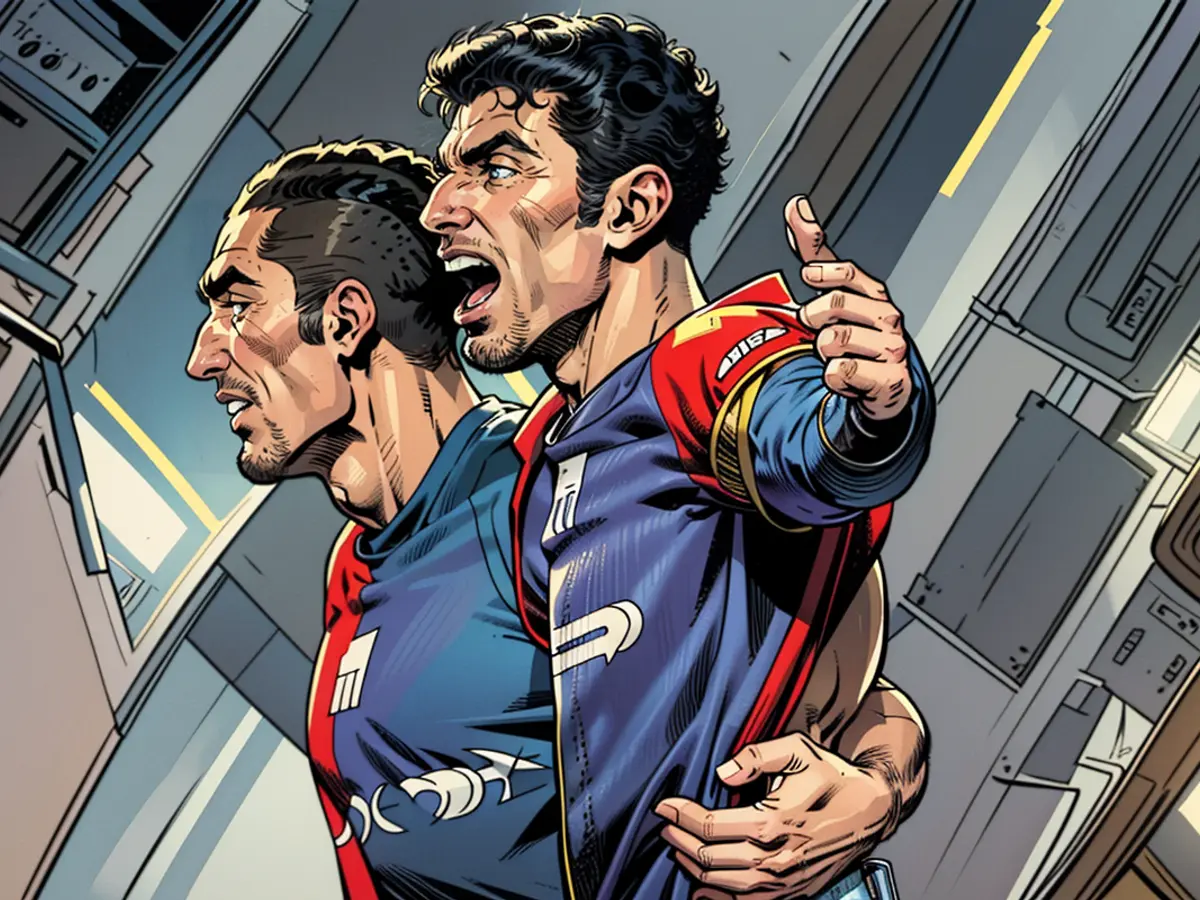Why not everyone sees the same thing on the EM advertising boards
Despite what you may trust your eyes to see during soccer transmissions for European Championship games, there are sometimes different things to behold around the field during replays. It's all about money.
Advertising bands have been a part of soccer for decades. According to FIFA, Coca-Cola, one of their partners, was already advertising with players on the sidelines during the 1950 World Cup. Since then, the concept has spread down to the local leagues. The advertising band has become more professional, with LED screens and monitors replacing posters. The European Championship 2024 is also a milestone from an advertising perspective. For the first time, it's not just the advertising space that decides what appears behind the important players on TV screens - it's an AI.
This "virtual advertising" (as the concept is also referred to in German broadcasts) is intended to help UEFA advertising partners better target different markets. In plain terms: An advertisement from, for example, the still active beverage magnate Coca-Cola, appears in the stadium in English, while in the German TV broadcast it bears a German slogan. The goal is simply to better exploit the same advertising for all viewers. It's not the case that different advertisements from various partners are switched on in different countries at the same time - with one exception.
Limited Use
In German broadcasts, there are some exclusive advertising partners like Telekom or Deutsche Bahn, whose ads are otherwise hardly seen. The technology is only used for the markets in China, the USA, and Germany. Viewers in India, France, Egypt, or Argentina, for example, all see the unaltered advertising bands from the stadium.
There are still limitations. The overlay is only used when the main camera shot is visible. In other camera angles, during penalty shootouts or in goal replays, for instance, virtual advertising bands have no role. The Swiss company Aim Sport is responsible for the advertising in the UEFA broadcast center in Leipzig, and the optimized advertisement is ultimately created there. For the TV viewer, the process is hardly noticeable. Billboards, for example, which make players disappear behind the overlaid advertising, are extremely rare.
The concept makes its debut at this year's European Championship in football, but the method has been established in club football for longer. The Bundesliga has allowed virtual advertising in foreign broadcasts since 2018. In other sports, the technology is not only used for advertising bands. The US ice hockey league NHL, for example, uses the technology to make various logos visible on the ice.
The European Football Championship 2024 is set to introduce a new advertising strategy, with an AI deciding the content displayed behind key players on TV screens, a departure from traditional methods. Coca-Cola, a long-time FIFA partner, has been utilizing advertising bands in soccer since the 1950 World Cup.
